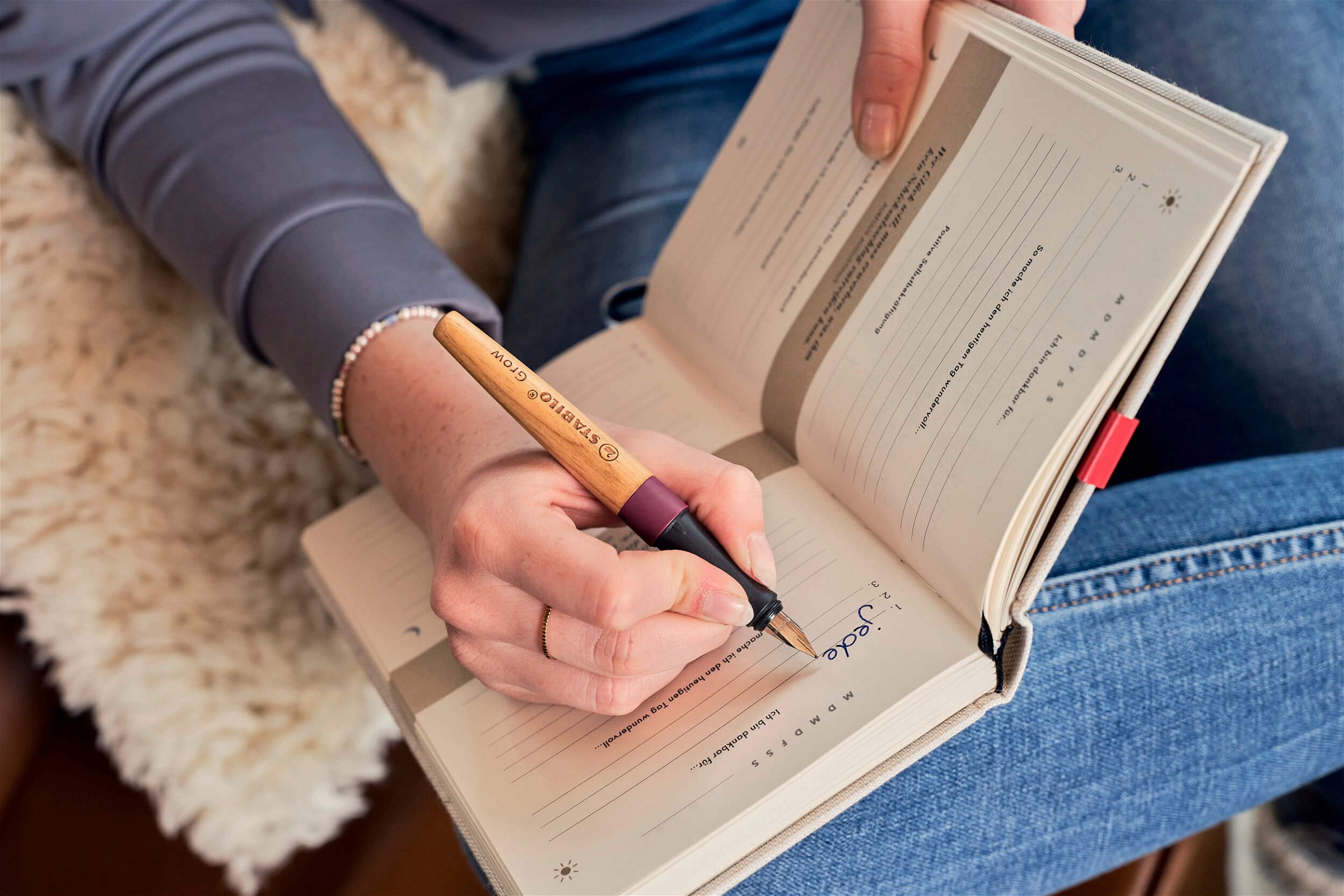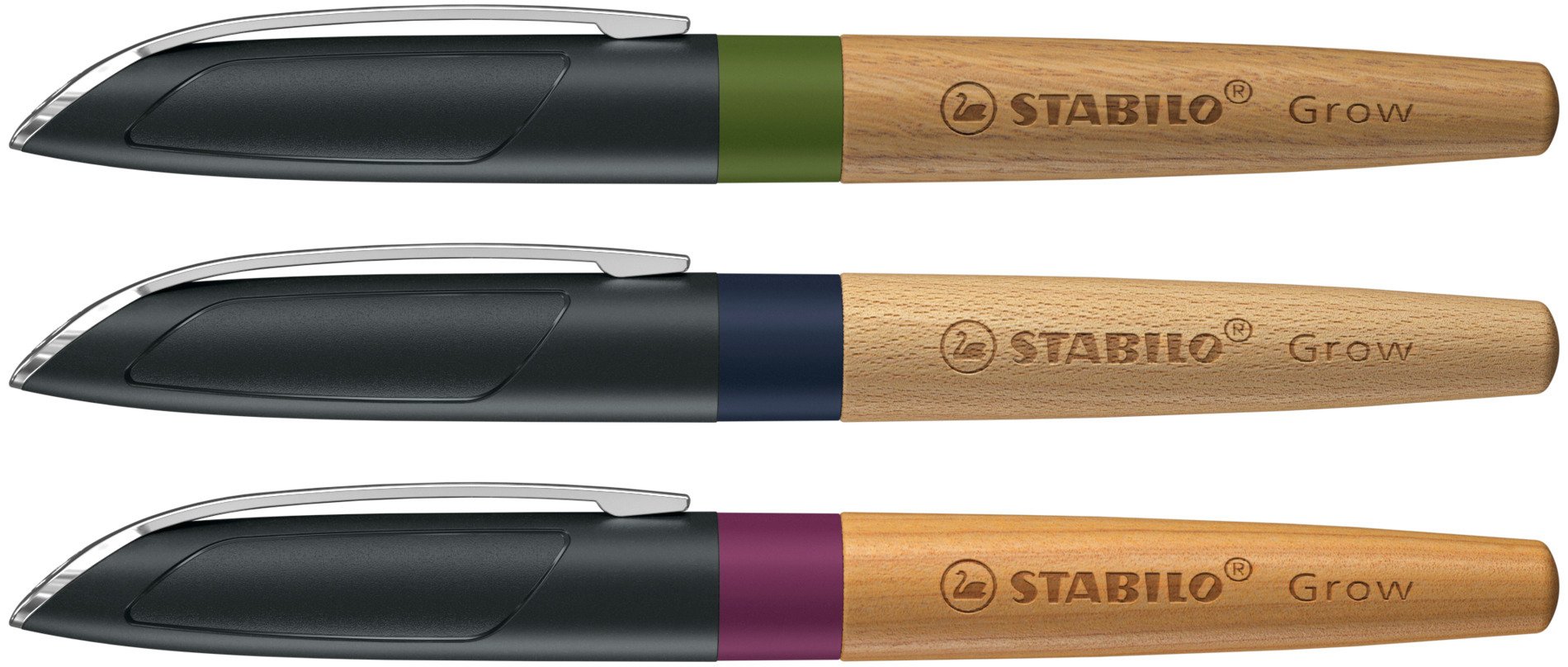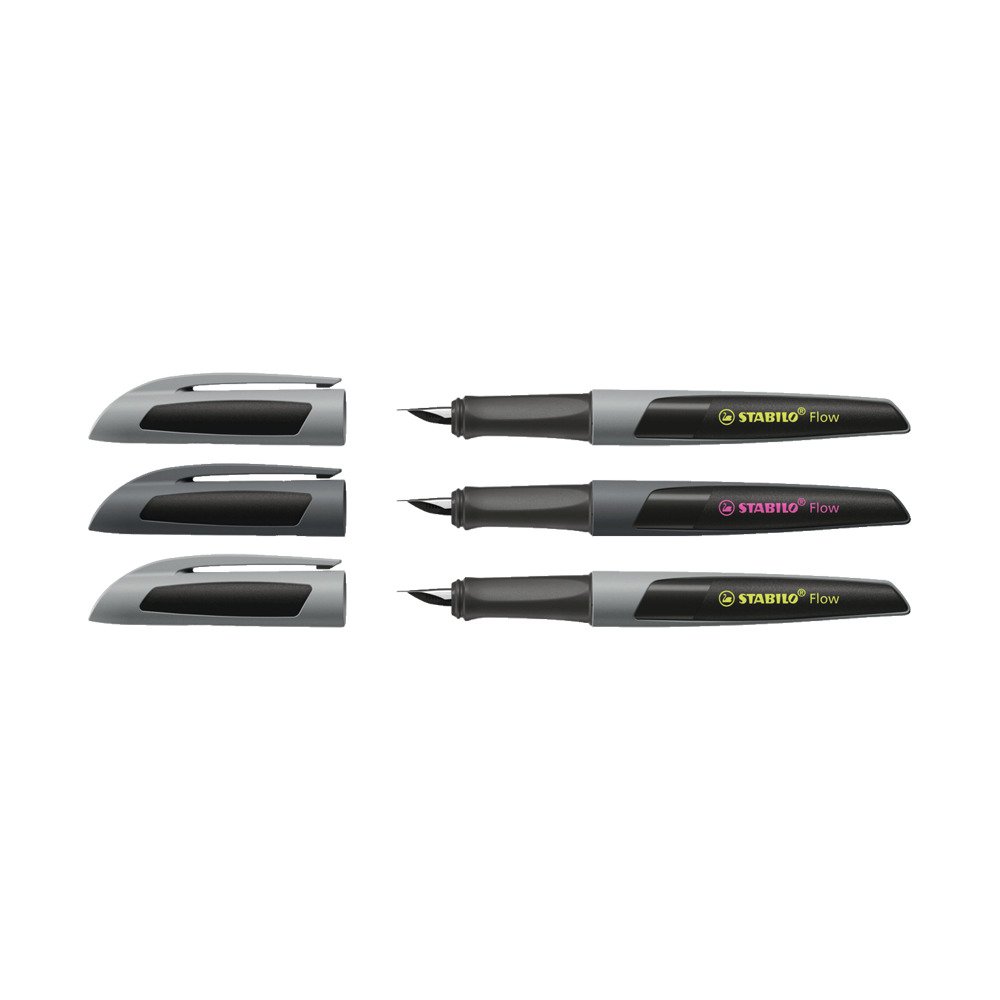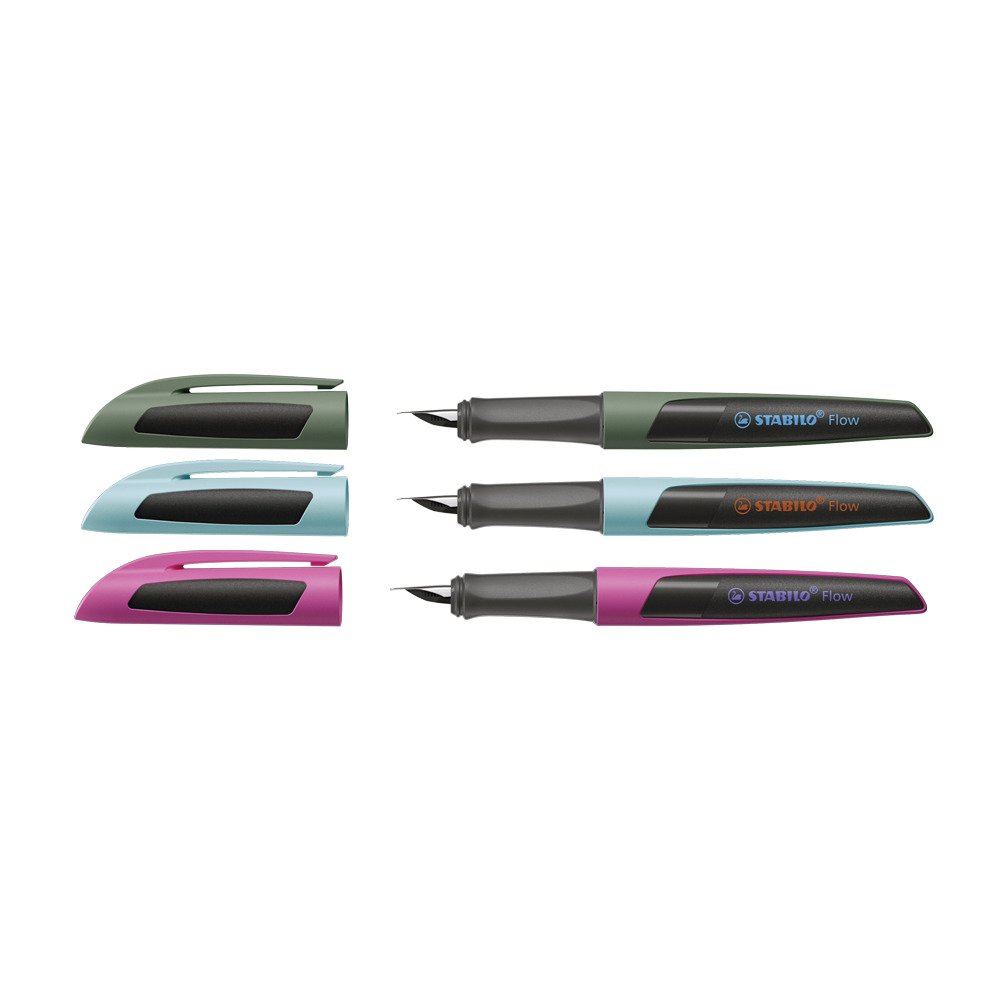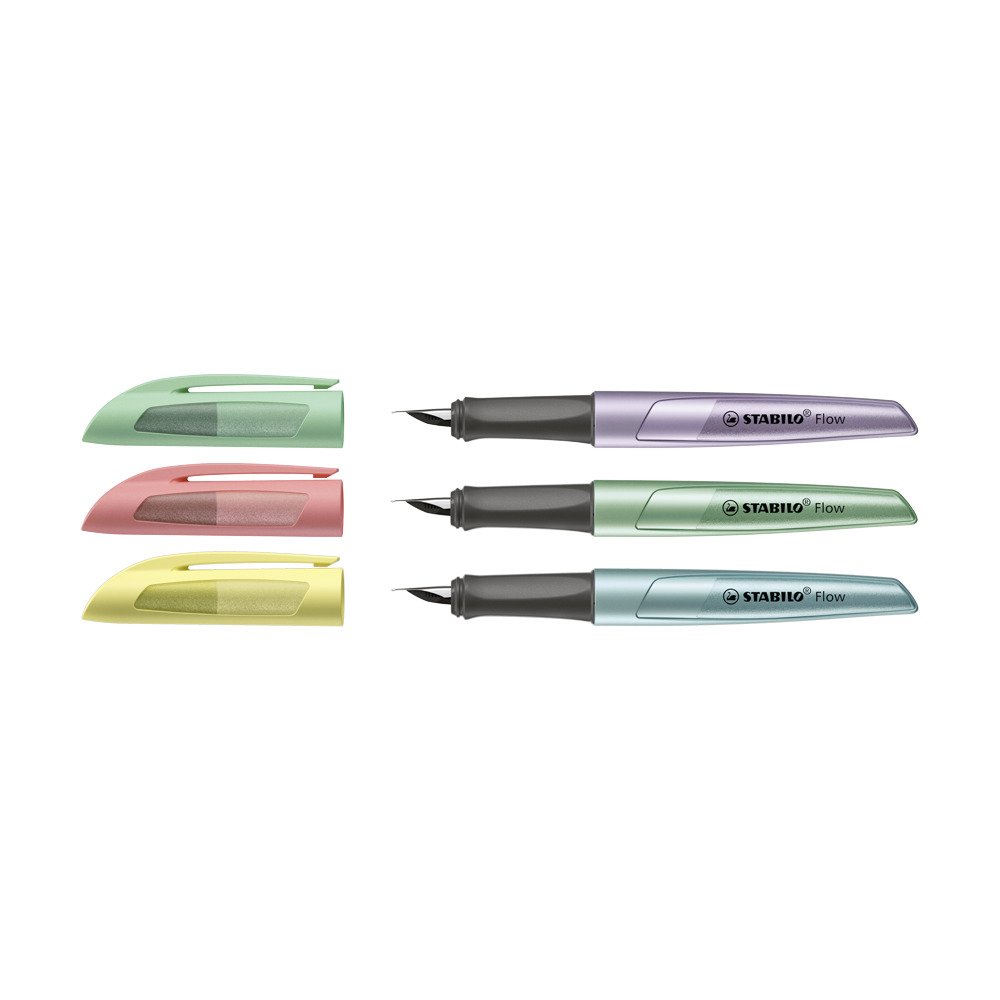- The right fountain pen is even more a question of personal requirements and preferences than other writing instruments. Important questions to ask yourself in order to find the right fountain pen are:
- Who is going to use the pen, e.g. a child or an adult?
- What will be done with the pen, e.g. only a short signature or will it be used for writing all day at school?
- What about the motor skills of the writer? Can he or she dose pressure well?
- Is the writer left- or right-handed?
This will result in different recommendations. If necessary, this may mean that a fountain pen is not suitable at all in a particular case. Especially for people with high writing pressure, for example, a different, more robust technology would be more advisable.In the end, it is therefore particularly advisable to test several models against each other to find the right one for you. What's different about fountain pens after elementary school:
For fountain pens used after elementary school in teenage or adult years, many of the special requirements for school fountain pens become less important. For example, rubberized grip zones for a particularly good hold or a distinction between left- and right-handed versions are no longer necessary, nor are nib edgings to prevent blue fingers.In the case of the grip zone, omitting the rubber coating also makes sense for adults because they use hand creams more often and a rubber coating would get dirty more quickly as a result.What remains important even after elementary school:
The situation is different when it comes to the quality of the nib and the ink guidance system. Adults, of course, also want the best writing performance without scratching and the most durable product possible. That's why we use the same high-quality nibs and ink-guiding systems in our adult fountain pens as in our learn-to-write fountain pens.A question of design
Last but not least, fountain pens for adults sometimes differ significantly in design and color from those for elementary school. In most cases, the colors are more muted with more black components, and the shapes and materials are less playful. One example of a current adult fountain pen is the Flow series from STABILO.- The easiest and least dangerous method is certainly simple rinsing.This is the best way to proceed: For cartridge fillers, remove the cartridge and hold the mouthpiece under lukewarm running water. It may take a while until no more ink is visible in the running water. Then move it gently through standing water. Continue until no more ink streaks can be seen. After cleaning, then dry the fountain pen well with paper towels. And ideally let it dry from the inside as well.
Product recommendations for:
Advisor & Tips
Downloads
Responsibility

